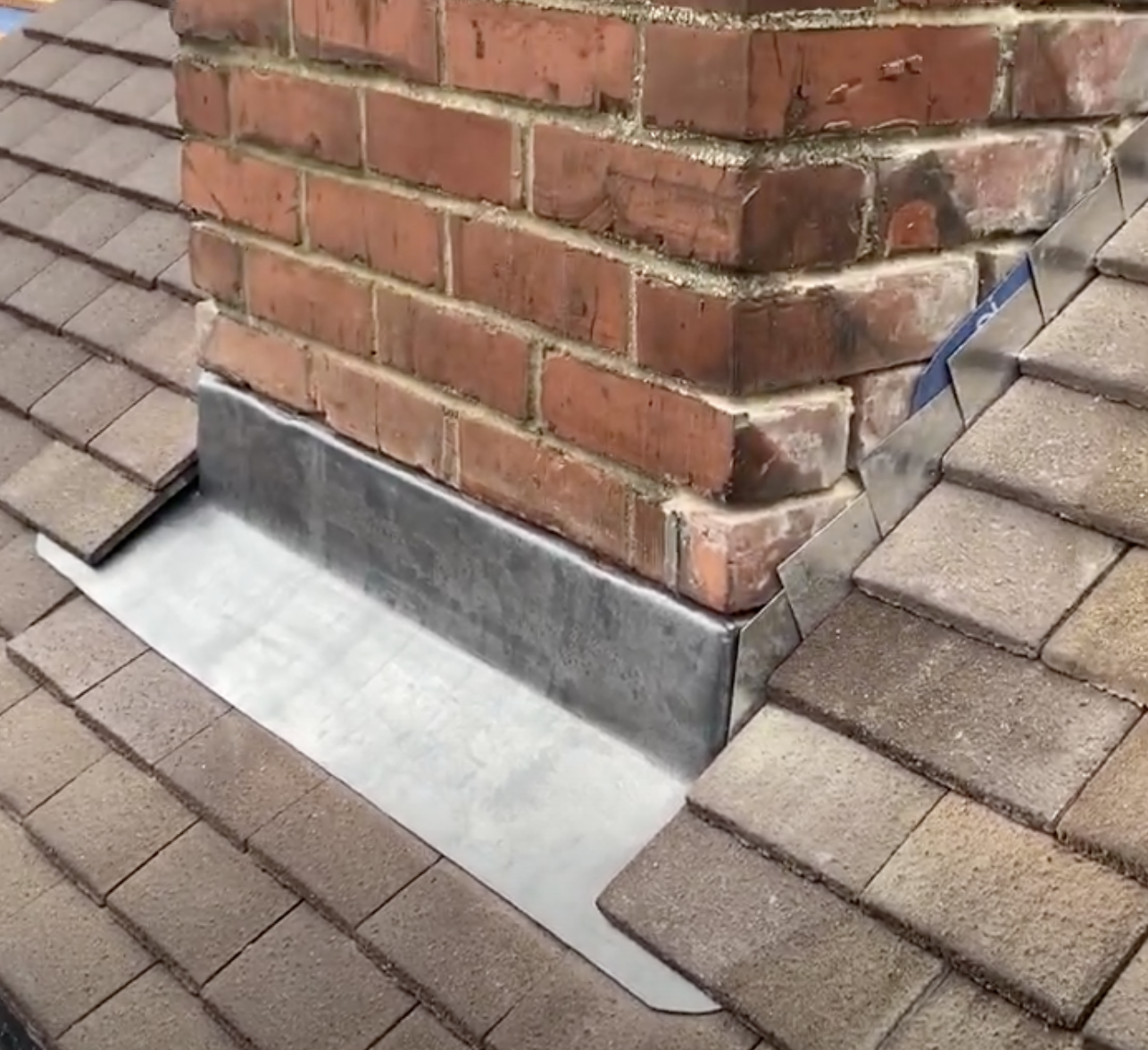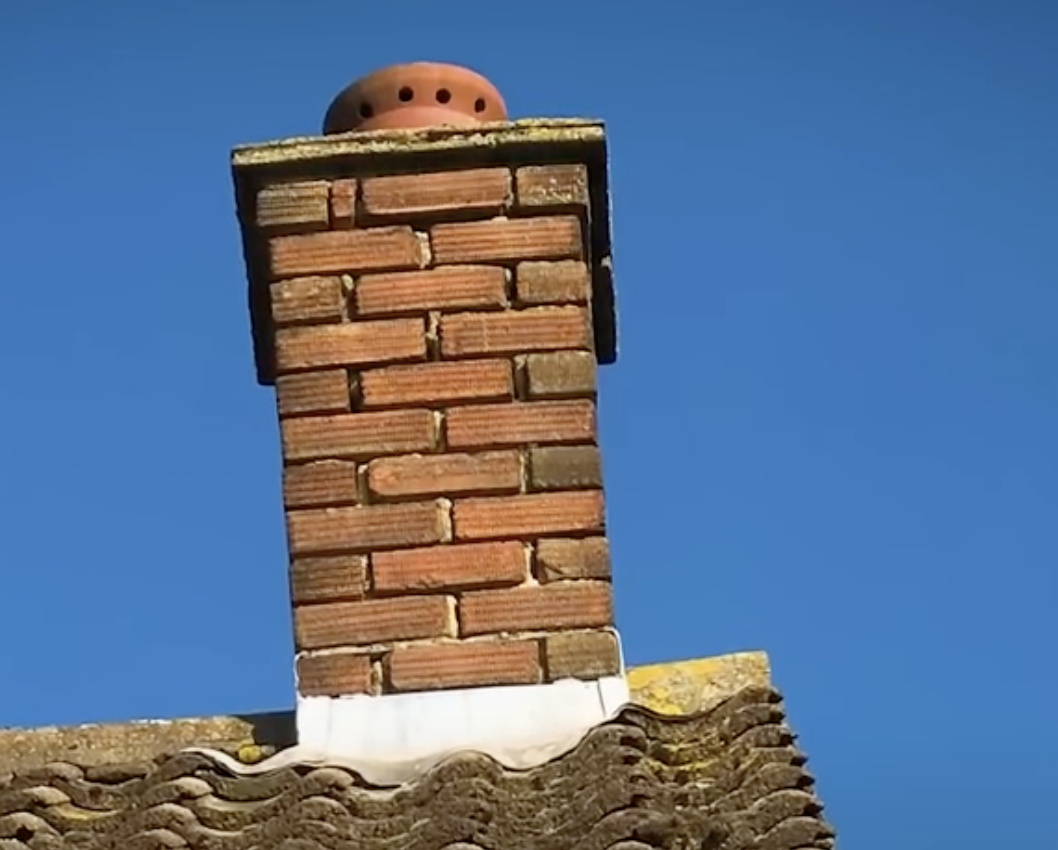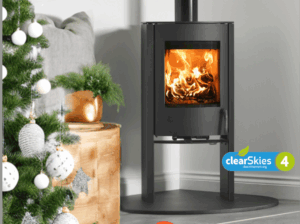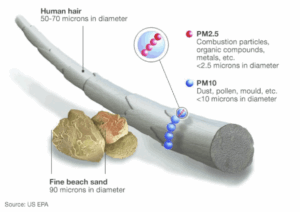Chimneys are complex constructions that are rarely considered as they are well out of the reach (and sight) of homeowners. But they should be thought about from time to time. A chimney in bad repair will not only be a danger and look unsightly, but it will not work well with your fire and could cause a number of issues.
It’s often only when someone plans to fit a new fire or stove, or are investigating an issue such as damp, that chimney problems come to light.
A chimney stack in need of urgent help is an accident waiting to happen. Out of sight, out of mind is often the reason why people don’t bother or even think about their chimney until it’s in a really bad state.
Below are a number of issues that can arise with a chimney and the repair work needed to correct them.

Issue #1 – Damaged Brickwork or Stonework
What to look for:
Noticeable cracks, loose render (cement over external bricks) or eroded masonry are signs of damage, so too is damp on walls below.
Potential Impact:
Deterioration of this type is down to ageing. The extremes of weather, the infiltration of water, freezing, cracking and expanding over time all play a part in this sort of damage.
Repair Work:
Defective masonry needs to be cut out or replaced. Partial taking down and rebuilding may be needed if brickwork has come loose. Internally installing a flue liner should protect masonry and prevent leaks.
Issue #2 – Leaks Around a Chimney Stack
What to look for:
Brown staining is usually an indicator of damp, which can appear on walls, ceilings and chimney breasts. This damp is an indication of leaks around a chimney stack.
.
Potential Impact:
The usual cause of dampness is defective flashings at the roof/chimney stack join, especially around the back gutters, which you often can’t see. Fungal decay can occur in nearby roof timbers, which can then cause them to bow and potentially collapse.
Repair Work:
New flashings are needed, with the defective flashings from the chimney area fully removed. You can use thinner, cheaper flashings, but it’s usually a false economy. Good quality lead flashing, when fitted correctly, should last up to 100 years.
Issue #3 – Leaning Chimney Stacks
What to look for:
Leaning of the chimney stack, usually away from the prevailing wind direction, is a sign. Also, blown mortar joints are a sign too. It’s normal for old chimney stacks to lean slightly. Only a structural engineer will be able to confirm if it’s too much to be made safe without rebuilding.
.
Potential Impact:
Sulphate attack is when sulphates in masonry react with wet bricks due to rain. This causes horizontal expansion cracks along motar joints. Effectively this expansion of joints jacks-up the chimney stack, making it lean away from the wind. The most at risk chimneys are tall, thin single stacks, which tend to be very exposed and operate at a colder temperature.
The stack may be colder on its windward side and so may suffer more erosion from condensing gases and expansion from sulphur attack. Another cause of a leaning chimney is badly completed structural changes, such as the removal of chimney breasts without sufficient support to the remaining stack masonry above.

.
Repair Work:
Chimneys in old homes were often built with weaker lime mortars, which are not as strong as cement-based types used in newer homes. Due to this fact, it may not take much for a chimney on an older house to tilt further if there is lean already visible. Interior erosion can normally be kept at bay by installing the correct type of flue liner. When there is lean in a chimney, the flashings may also be subject to movement, which can damage them and reduce their effectiveness. If the lean of a chimney is pronounced, a structural engineer may consider stabilising it with a steel tie bar.
Issue #4 – Damaged Chimney Pots and Flaunching
.
What to look for:
Flaunching refers to the cement or mortar at the top of a chimney, where the base of the chimney pots sit in. Things to look for here is missing pots, or pots that have become cracked and/or loose mortar (Flaunching). Problems with downdraft to the fireplace and rain ingress are also key signs there could be issues with this part of the chimney.
Potential Impact:
Exposure to the elements over the years will cause erosion to the masonry at the top of the chimney. Internally, dampness from condensing flue gases can be a key factor that can eventually erode the masonry in this part of the chimney.
Repair Work:
Loose flaunching needs to be completely removed and replaced with a suitable mortar mix, waterproofed, and carefully moulded so it slopes out and disperses water. Damaged chimney pots need to be removed and replaced with new ones or reclaimed ones of the same or very similar size. Fitting a cowl to each chimney pot will stop rain from entering. A cowl is a type of cover that sits over the top of a chimney pot for this purpose.











